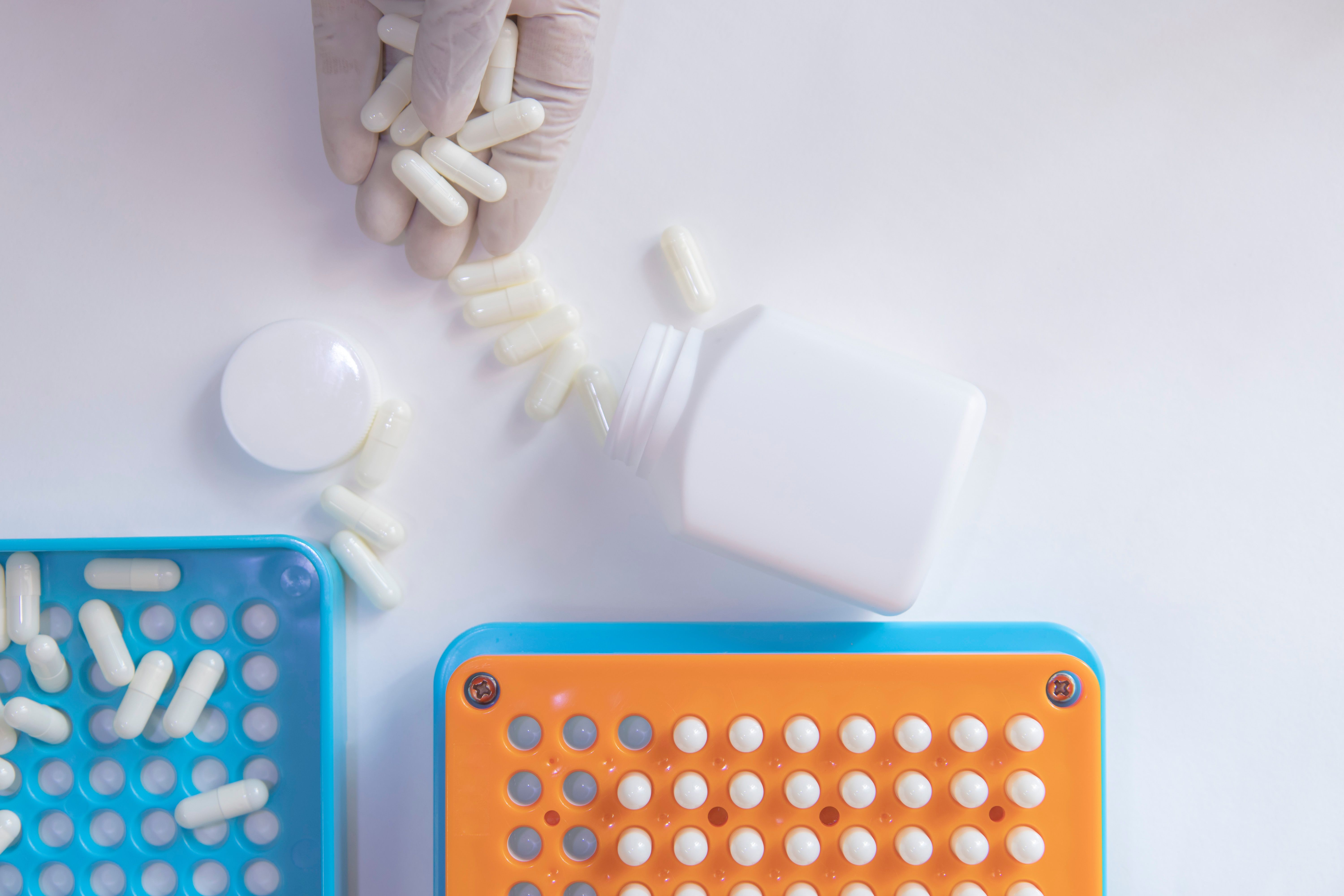Article
How Does Air Pollution Influence Diabetes Risk?
Author(s):
Chronic exposure to air pollution may have a wide-reaching impact on children’s health.
Air pollution may increase the risk of type 2 diabetes in Latino children with obesity, according to a new study published by Diabetes.
In the study, the investigators followed children’s health and levels of air pollution in their residential area for 3.5 years. They discovered that chronic exposure to polluted air results in the breakdown of beta cells, which are pancreatic cells that secrete insulin to ensure optimal blood glucose levels.
Once the participants reached age 18, they were observed to have beta cells that functioned 13% below normal, which left them susceptible to developing diabetes, according to the study.
"Exposure to heightened air pollution during childhood increases the risk for Hispanic children to become obese and, independent of that, to also develop Type 2 diabetes," said corresponding study author Michael Goran, PhD. "Poor air quality appears to be a catalyst for obesity and diabetes in children, but the conditions probably are forged via different pathways."
This is the first study to determine the long-term link between pollution and the risk of diabetes in children, according to the authors.
The children included in the study lived in neighborhoods that were classified by the EPA as having excess nitrogen dioxide and particulate matter 2.5, tiny pollution molecules formed by cars and power plants.
In these children, the functional beta cells compensated for the damaged cells, which led to burn out, according to the study. Since the cells were not able to secrete insulin efficiently, blood glucose levels were uncontrolled, which increased the risk of developing type 2 diabetes.
"Diabetes is occurring in epidemic proportion in the US and the developed world," said senior study author Frank Gilliland, MD, PhD. "It has been the conventional wisdom that this increase in diabetes is the result of an uptick in obesity due to sedentary lifespans and calorie-dense diets. Our study shows air pollution also contributes to Type 2 diabetes risk."
Included in the study were 314 Latino children aged 8 to 15, who were overweight or had obesity. At baseline, no children had type 2 diabetes, but some may go on to develop the condition in the future, according to the study.
For the length of the study, the participants fasted and received a physical exam. Glucose and insulin levels were also measured over a 2-hour period.
At age 18, participants had 27% higher blood insulin levels after fasting for 12 hours. During the 2-hour glucose test, they were observed to have 36% more insulin, compared with normal. This finding suggests that the body was becoming less responsive to insulin, a maker of diabetes.
The researchers believe that these results indicate that chronic exposure to air pollution was linked to type 2 diabetes risk factors.
Other factors, such as body fat and socioeconomic status, were adjusted for. The investigators discovered that the effect of chronic exposure to air pollution affected diabetes risk more than gaining 5% body weight, according to the study.
These findings show a harmful relationship between pollution exposure at a young age and diabetes risk. If patients engage in other behaviors, such as unhealthy diet, the risk of diabetes is compounded, according to the study.
"Air pollution is ubiquitous, especially in Los Angeles," said lead study author Tanya Alderete, PhD. "It's important to consider the factors that you can control -- for example, being aware that morning and evening commute times might not be the best time to go for a run. Change up your schedule so that you're not engaging in strenuous activity near sources of pollutants or during peak hours."
While no study participants developed diabetes, many were characterized as having pre-diabetes.
Since these findings may only be related to Latino children who are overweight or have obesity, future studies should include patients who are normal weight, and will include data regarding diet and physical activity, the study concluded.






